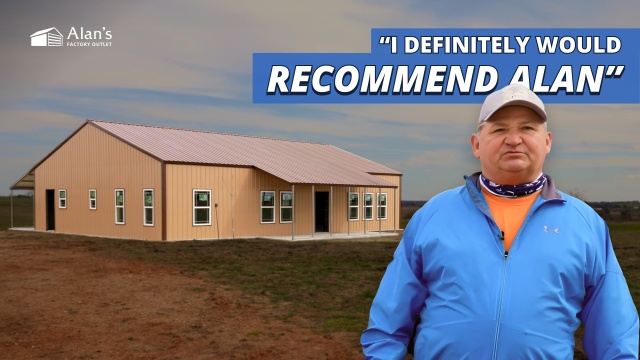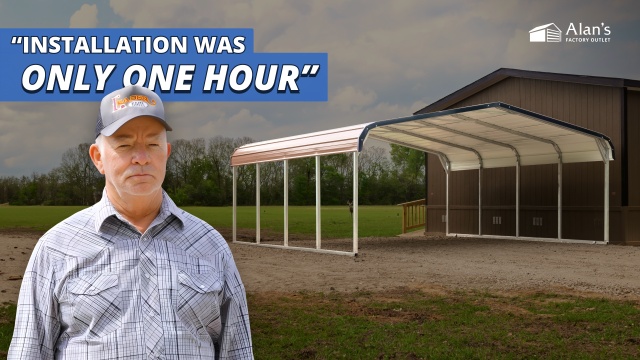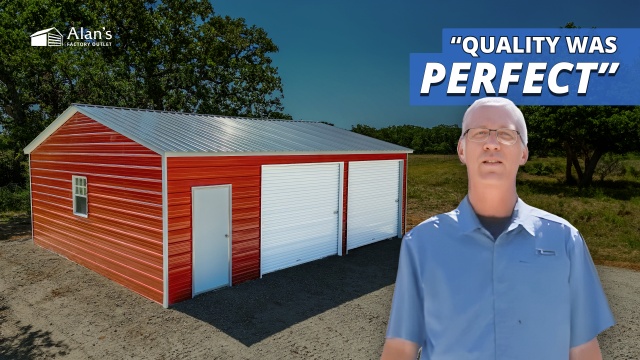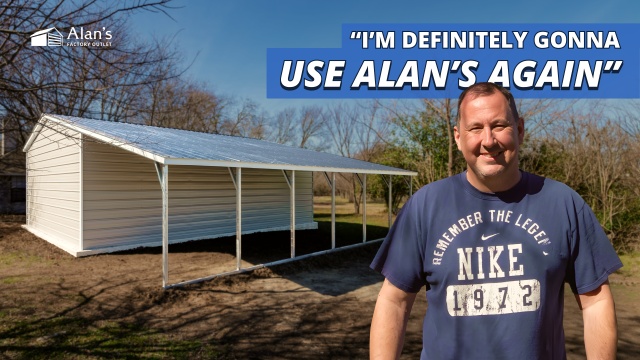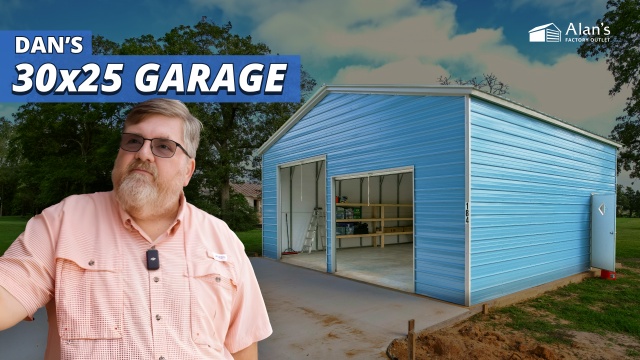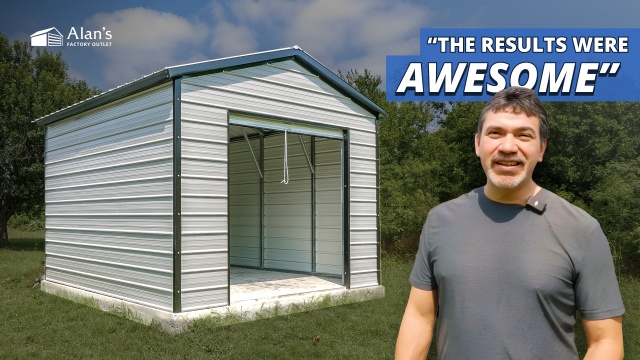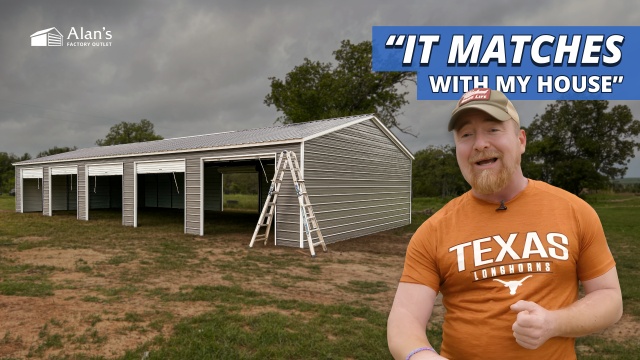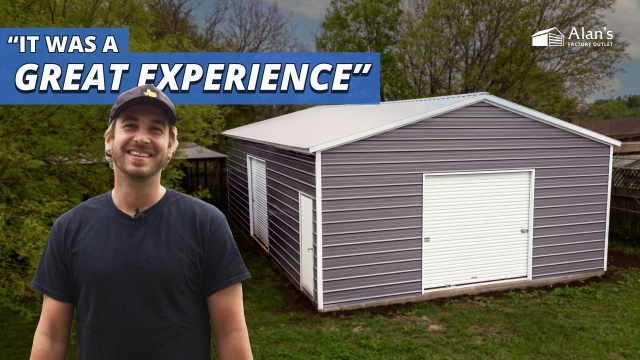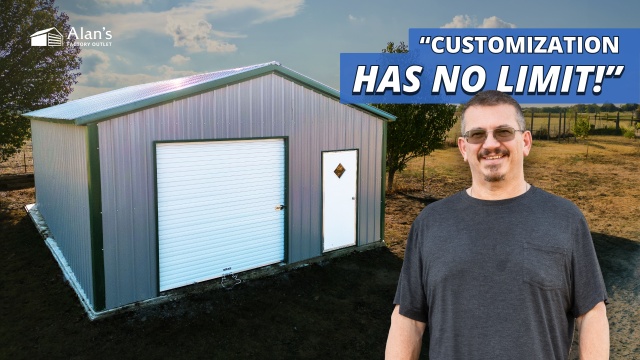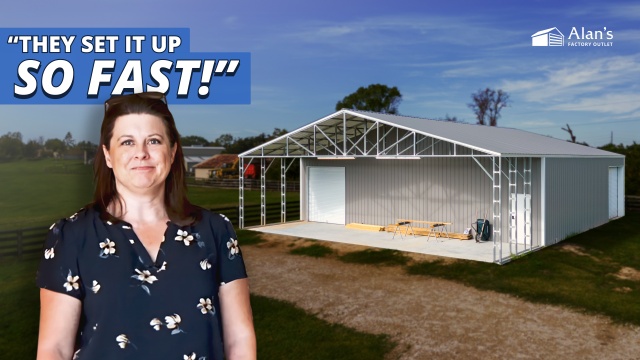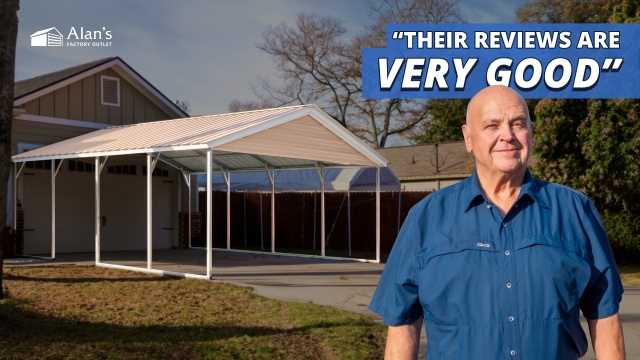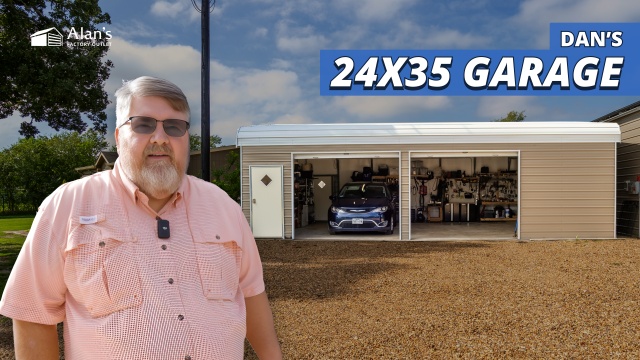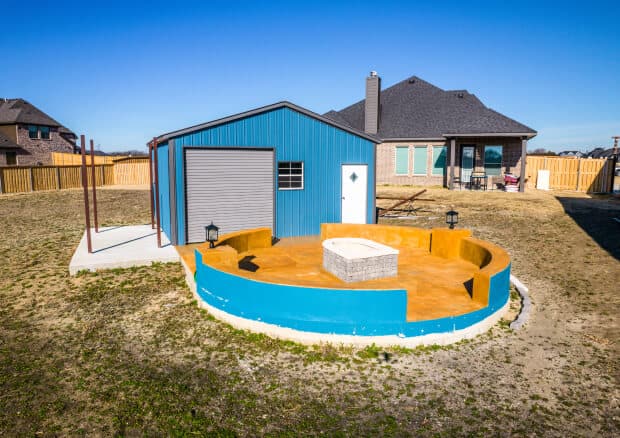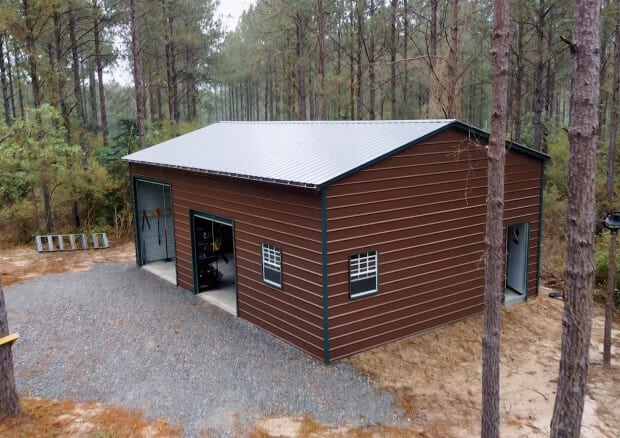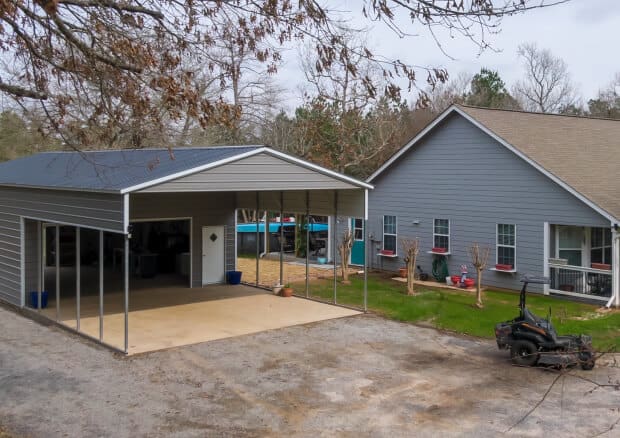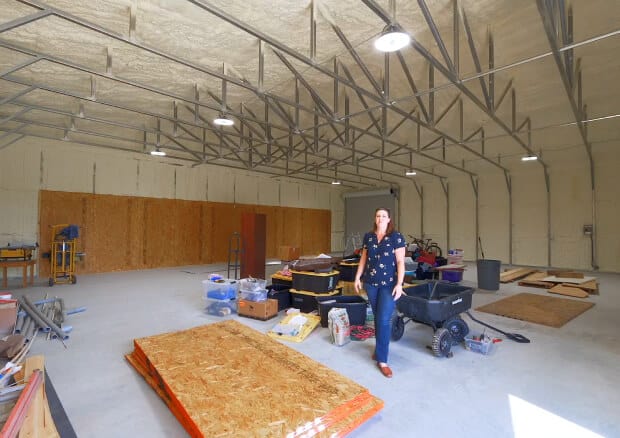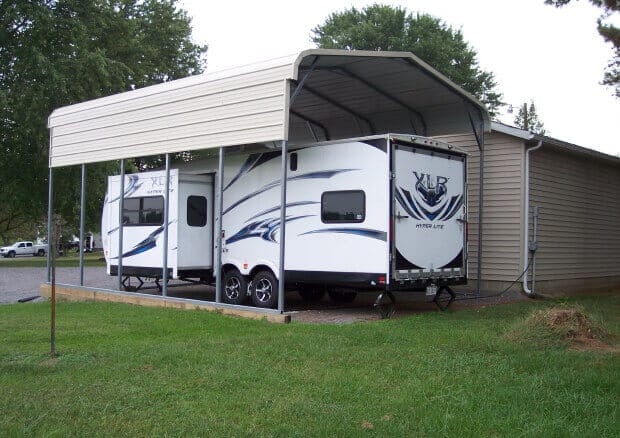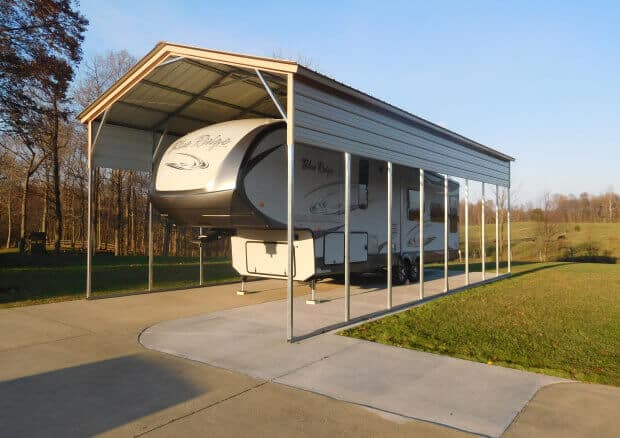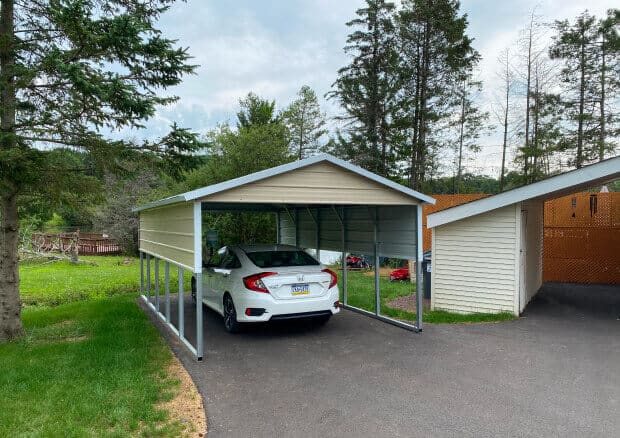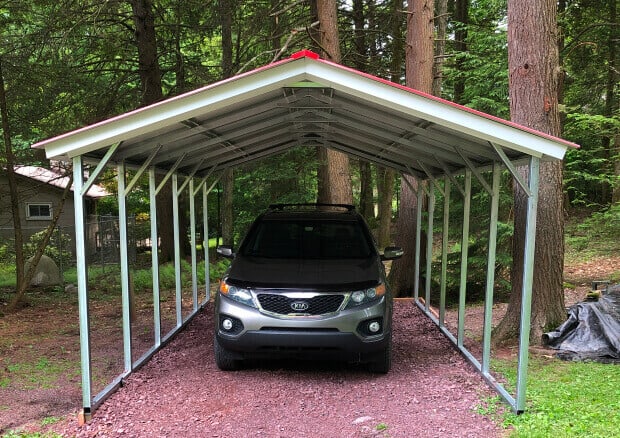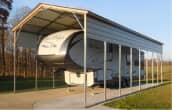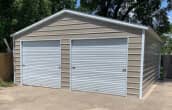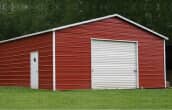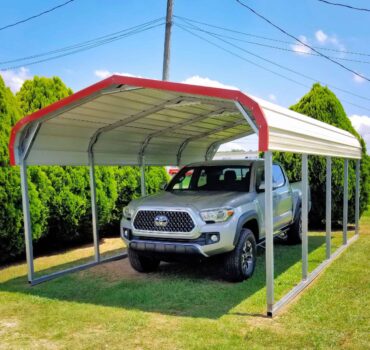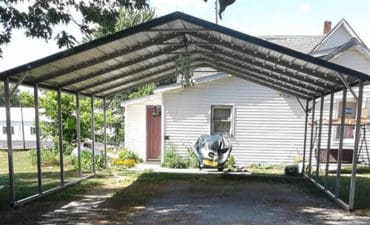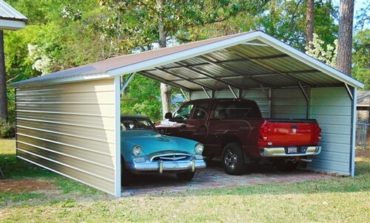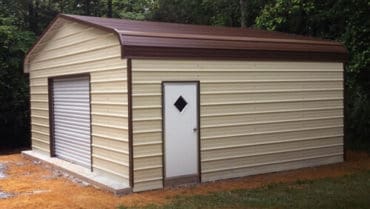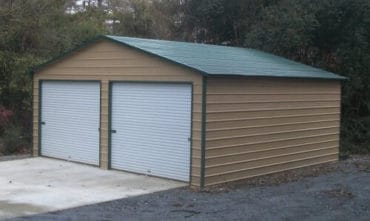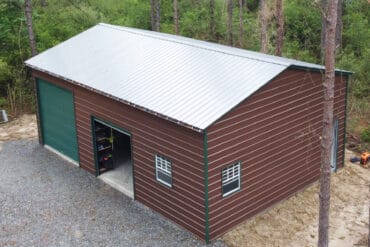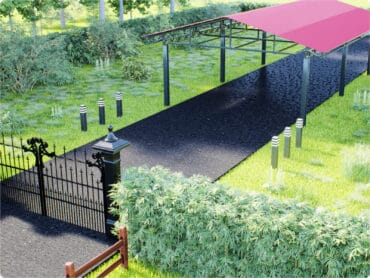America’s Custom Carports, Garages, and Metal Buildings
10-17% deposit to order, final payment once installed.
Family owned, custom-made U.S. products.
Free delivery and installation.
20-year warranty on 12-gauge orders.
Easy contact via phone or website.
“Very quick to deliver, faster than the other guys online. Cheaper than the other guys and included the anchors. Best deal without a doubt! Recommend to anyone looking for a carport or easy garage.”
– Ben


America’s Custom Carports, Garages, and Metal Buildings
Price and Buy Online
1. Select a
Delivery Area
2. Select Your
Options
3. Get Your
Custom Price
All of our buildings are custom-made and you only pay a small deposit to book delivery.
75,000 + Customers and Counting
★ ★ ★ ★ ★ 4.8 Overall Store Rating
Based on 17,000 actual customer reviews
I liked the 3D software for layout and the ease of editing.
The imaging made it easy to decide colors along with door and window placement.
I really like being able to see a rendering of the building
I even spoke to a service specialist who was very helpful.
Very easy to use site and able to visualize completed project
Very good. Looks like high quality. Can’t wait to see it.
Really easy website to navigate very user friendly being able to build what we needed on the website and see the pricing before we ordered was a huge help and very much appreciated
I picked you because free shipping and installation and I could customize what I wanted. And your price was good
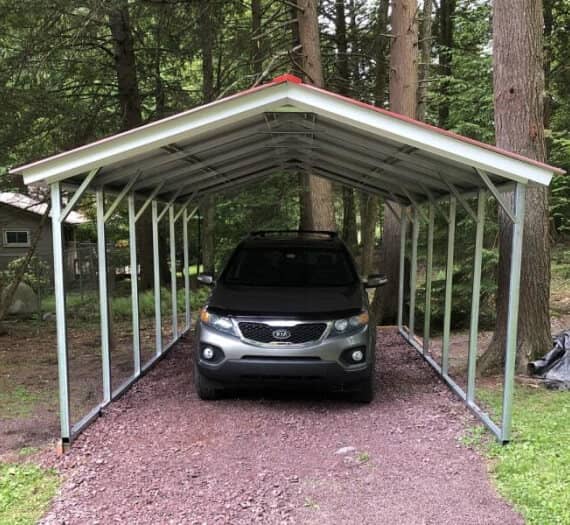
Why Our Customers Love
Alan’s Factory Outlet
Our Carports and Garages Cover
Everything You Care About Since 2003
- Regular

Carports - Vertical Roof

Carports - Regular

Garages - Vertical Roof

Garages - Boxed Eave

Carports - Boxed Eave

Garages
Start With a Popular Configuration
Select one of our featured configurations to preload doors, window, and other options shown in the images below.
Build Your Own Metal Garage or Carport With Our 3D Builder
Price and Buy Online with Our 3D Builder Plus Free Shipping and Installation!
- Select a size to meet your needs
- Choose roof, side, and trim colors
- Add garage doors, windows, and walk-in doors
- Customize additional options
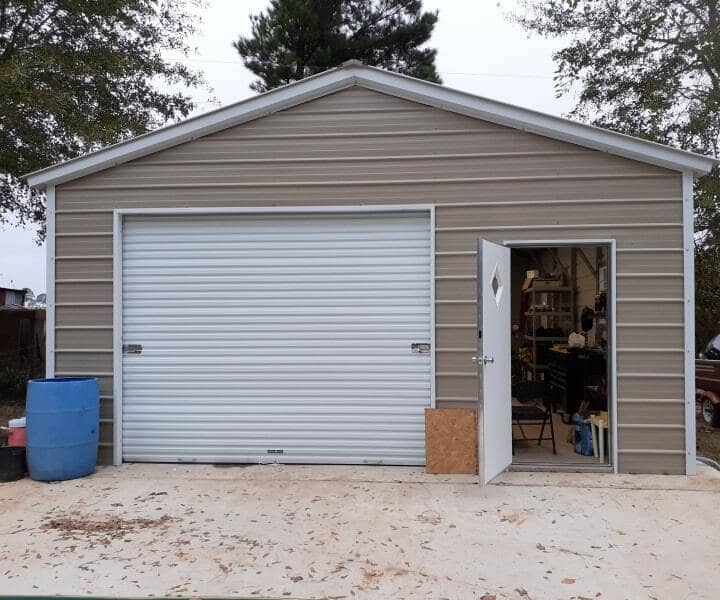
Carports and Metal Buildings
The metal carports and garages are custom-built and are available in many different sizes. Metal garages and carports can be made taller to help protect and cover an RV or motor home. We offer more than 16 different colors when you buy one of the steel carports or steel garages. Kits are also available and offer as much opportunity for customization of your storage structures.
When you buy a prefabricated metal carport or garage online, your credit card will be processed for a 10% to 17% deposit. The deposit can be paid with a credit card or check. The remaining balance is due once it has been built or installed and can be paid with either a credit card or check.
Why Shop Alan’s Factory Outlet for Metal
Buildings, Garages, & Carports
Buy it online
We are one of the few, if not only, companies/suppliers that offer a huge variety of designs for steel carports and garages you can customize AND buy, all online. And, if you need a little help over the phone, we do that too!
Made to Order In The USA
We are a family-run business with a personal touch. All of our metal garage/carport buildings are custom made to order based on your specifications to deliver you the best-built buildings and carports we can.
Free Delivery and Installation
Please check our 3D builder for pricing on the carports and metal garages.

Estimated Delivery Time for New Orders
Delivering to
Current estimated delivery times on new orders vary depending on the manufacturer and zip code. Enter a zip code to make sure we service your location and for the estimated delivery time on new orders.

